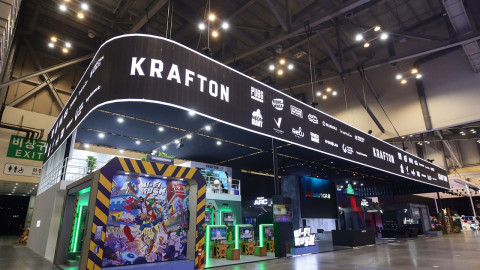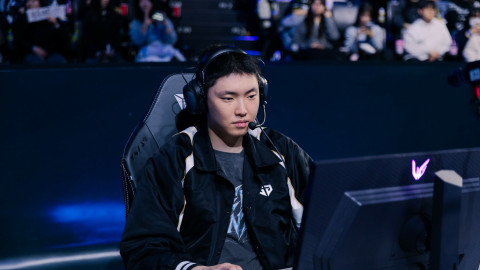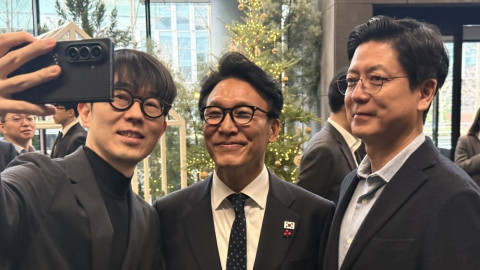
Fire Emblem Echoes: Shadows of Valentia launched last week on Nintendo 3DS, and it brought with it a number of presentation changes that helped make its story more engaging and its characters more relatable. But Shadows of Valentia – an enhanced remake of the Famicom’s Fire Emblem Gaiden – also omitted a few of the series’ more recent strategic gameplay enhancements, which has me slightly worried that Nintendo and Intelligent Systems will choose to strip down the series to its most basic elements when it makes its way to the Switch next year. Hopefully, Nintendo will choose to adopt Shadow of Valentia’s new cinematic style while also retaining the best elements of games past. Here are the features we want (and don’t want) to see included in the next Fire Emblem title.
Want: more mature story
After a pretty basic “save the world from a dragon” story in 2003’s Fire Emblem, Fire Emblem: The Sacred Stones introduced moral ambiguity with its tale of a friendship destroyed by darkness. 2005’s Path of Radiance and its sequel, Radiant Dawn, however, took the series to new heights. Introducing narrative threads addressing racism and reconstruction following war, the two games were emotional and earnest, with loveable characters and twists that had players wondering if they were still fighting for “good.” With Fire Emblem: Awakening on 3DS, these complex issues were largely abandoned in favor of a linear and easy-to-follow story that, while coherent, never really challenged players’ beliefs. Fire Emblem on Switch has an opportunity to return the series to the mature and controversial issues that made the Radiant games so memorable, and in our current turbulent political climate, it’s a better time than ever for Nintendo to tell a story that goes beyond just “good versus evil.”

Don’t want: “avatar” protagonist
2013’s Fire Emblem: Awakening ostensibly starred Chrom, a prince racing, quite literally, against time to unearth the mysteries of his kingdom, but the real protagonist of the game was an avatar character customized by players. As a role-playing game, this did allow for a little more of our individual personalities to be projected onto the story, but it also limited its creative potential. Constantly hamstringed by what the pure, righteous player would choose to do at crucial scenarios, Chrom’s story didn’t feature any big surprises, and the convenient “amnesiac protagonist” trope felt more like an excuse for the game’s lack of exposition than anything else. The next game, Fire Emblem Fates, continued down this road even further, with the avatar now serving as the game’s only protagonist. The commercial success of these games makes it likely that this model will continue in the future, but it’s time for players to acknowledge that we actually aren’t that interesting.
Want: "Casual” mode
Fire Emblem Echoes: Shadows of Valentia ignored many of the series’ most recent gameplay additions, but it did include one crucial feature: “casual mode.” Also available in both Awakening and Fates, the casual option retains Fire Emblem’s signature difficulty, but allied units defeated during a level are no longer permanently lost. Though derided by some as a watering down of the series’ gameplay, it helped to eliminate the stress that had turned some away from Fire Emblem to begin with, and it has remained an optional feature in all subsequent games. This level of choice is crucial to the success of the series, and it even allows for more personally-tailored game experiences for players. Choosing the “casual” option doesn’t even have to mean that players can’t also select a harder difficulty with more powerful enemies, as well – they just won’t have to worry about permanently losing their favorite character because of one mistake.

Want: bonus experience
Just like with Pokémon, a successful Fire Emblem squad must have several characters at a high level. If even a few team members are allowed to fall behind and not pull their weight for a few battles, which can be very easy for healing classes and archers on small maps, they’ll eventually find themselves all but useless when they’re actually needed. Fire Emblem games have typically found a way around this problem by offering extra maps where players can take down monsters with any characters they want, but a feature implemented in Path of Radiance allows for even more flexibility. After each level in that game, a pool of “bonus” experience is given to the player, which they can allot to any characters that weren’t able to fully participate in a battle. Sure, it can feel a bit cheap to just level up a character this way instead of having them fight, but it’s a great way to make sure you’re never left without a capable mage or cleric again.
Don’t want: characters with royal backgrounds
Fire Emblem protagonists Chrom, Eliwood, Roy, Marth, and Ephraim all have something in common: they’re royalty. While the story of a benevolent prince fighting to save his kingdom is certainly classic, it has been done to death in the series and has very little room for improvement. The only games to not feature a protagonist of royal background are Path of Radiance and Radiant Dawn, and it’s no secret that this is the reason their stories are so much more unique than the other games. Make our next hero a prisoner, a peasant, a soldier, or a servant – just don’t make us play as another prince. With the Fire Emblem series’ potential truly only limited be Intelligent Systems’ imagination, there’s no telling what the team would be able to do with a protagonist unshackled from the duties of royalty.

Want: more tactical combat options
Fire Emblem Echoes: Shadows of Valentia stripped down the series’ tactical turn-based combat to its most basic elements. The only elements that contribute to your success or failure in a mission are the level of your units and, if fighting against foes with low resistance or flying characters, whether or not you brought along enough magic and bow users. It works well enough, but it just goes to show how important some of the series’ other combat features are to making it engaging. The “weapon triangle,” which is a rock-paper-scissors system for determining which weapons will work against other weapons, needs to make a return for the next game. Another mechanic introduced in the latest 3DS games – the “dual system” – was also a huge improvement, especially for newer players. By pairing two units together on the battlefield, they could both be used in the same attack to deliver extra damage or to offer extra protection against enemies’ strikes. It also allowed more characters to participate while moving through narrow spaces, and its potential for finishing off bosses or getting out of sticky situations gave players just that much more firepower to make it through a stage.
Want: full voice-acting and more hand-animated cinematics
After playing Shadows of Valentia for just a few minutes, you’ll notice something surprising. The game is fully voice-acted, not just for its beautiful animatic cinematics, but also for nearly every piece of dialogue or text in the entire game. Every time someone opens their mouth, even the most mundane lines are given character, and it’s going to be all but impossible to go back to the limited voice-acting of previous games. With the increased power and beautiful display of the Switch, we’re hoping for Nintendo and Intelligent Systems to use full voice-acting moving forward as well as additional animated cinematics – these allow for much more emotional moments and better character development than the still, text-scrolling sections that make up much of Fire Emblem’s story. It will certainly require a substantial amount of time and effort on Nintendo’s part, but it will be worth the wait.

Sort by:
Comments :0






